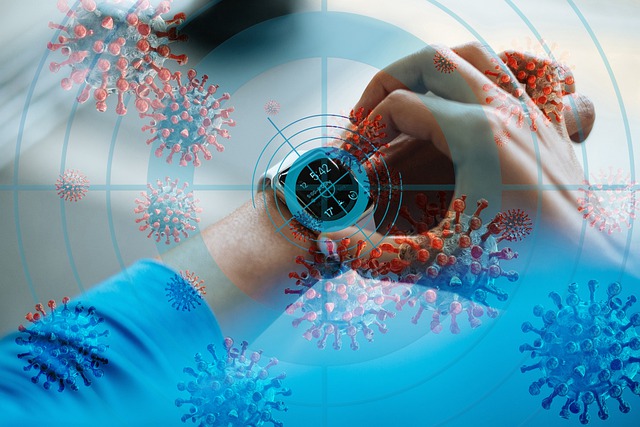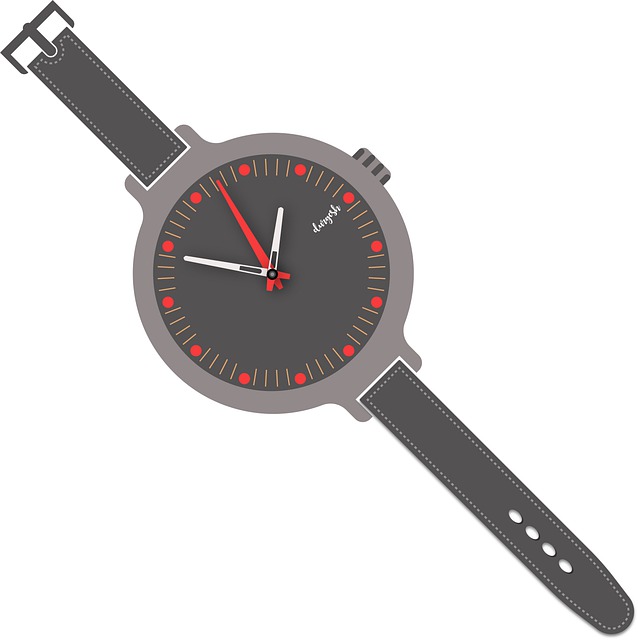This article was originally published here
JMIR Rehabil Assist Technol. 2022 Mar 17. doi: 10.2196/25494. Online ahead of print.
ABSTRACT
BACKGROUND: As a sequelae of the COVID-19 pandemic, a large cohort of critical illness survivors have had to recover in the context of ongoing societal restrictions.
OBJECTIVE: To employ smartwatches (Fitbit Charge 3) to assess changes in step count and heart rate of critical care survivors following admission with COVID-19; use these devices within a remote multidisciplinary team (MDT) setting to support patient recovery, and report on our experience of this.
METHODS: A prospective multi-centre observational trial in eight UK critical care units. 50 participants with moderate or severe lung injury as a result of confirmed COVID-19 disease were recruited at discharge from critical care and given a smartwatch (Fitbit Charge 3) between April-June 2020. Data collected included step count and daily resting heart rate (HR). A subgroup of the overall cohort at one site, the’MDT site'(n=19), had their smartwatch data used to inform a regular MDT meeting. The use of a patient feedback questionnaire and direct feedback from the MDT was used to report our experience. Participants that did not upload smartwatch data were excluded from analysis.
RESULTS: From the 50 participants recruited, 35 (70%) used and uploaded data from their smartwatch during the 1 year period. At the MDT site 74% (n=14/19) of users uploaded data from compared with 68% (n=21) at the control sites. The overall cohort recorded a mean increase of 4359 (3488) steps per day in the first month following discharge, to 7914(4146) steps at 1 year (P=.003). HR reduced from a mean of 79 (7) beats per minute in the first month to 69 (4) at one year following discharge (P<.001). The MDT subgroup increased mean step count by more than the control group (176% vs 42%, +5474 vs +2181 steps, P=.04) over the 1 year. Of smartwatch users at the MDT site compared with control sites, 71% (n=10/14) vs 48% (n=10/21) strongly agreed that their Fitbit motivated them to recover and 86% (n=12/14) vs 48% (n=10/21) strongly agreed they aimed increase their activity levels over time.
CONCLUSIONS: This is the first study to report 1-year recovery of patients who survived COVID-19 critical illness using smartwatch technology and report their use within the post critical care MDT. Future work could explore the role of smartwatches as part of a randomised controlled trial to assess clinical and economic effectiveness.
INTERNATIONAL REGISTERED REPORT: RR2-https://doi.org/10.12968/ijtr.2020.0102.
PMID:35417402 | DOI:10.2196/25494



